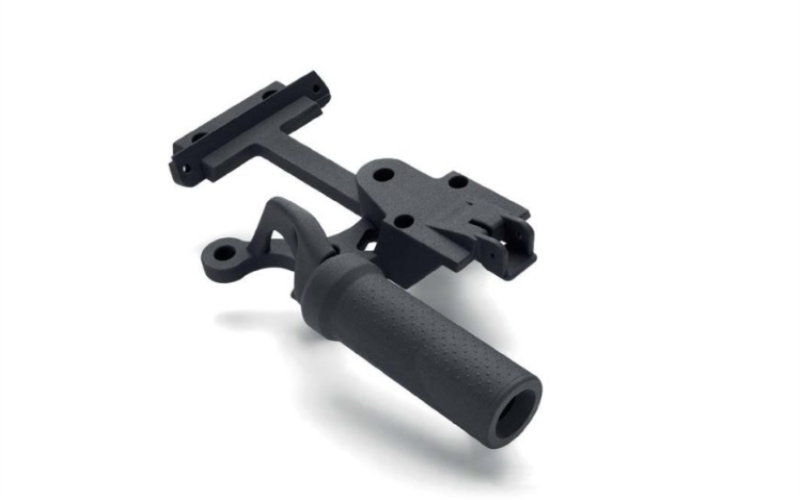Introduction
In the realm of 3D printing, snap fits are a popular and efficient method for assembling plastic parts. They offer a simple, tool-free means of assembly, crucial for applications ranging from consumer electronics to automotive components. Understanding the nuances of designing 3D printed snap fits, especially using HP Multi Jet Fusion (MJF) technology, is essential for engineers and designers aiming for reliable and repeatable assemblies.
Types of Snap-Fits:
Snap fits come in various forms, each suited to different applications:
- Cantilever Snap-Fit: The most common type, featuring a cantilever beam with an overhang at the end. This design offers a balance between robustness and the strength of the snap-fit.
- L-Shaped Snap-Fit: An alternative to cantilever snap-fits, particularly when material or geometrical constraints limit design choices. This design adds flexibility while reducing strain on the beam.
- U-shaped Snap-Fit: Provides increased flexibility in a reduced space, making it easier to remove and ideal for applications requiring frequent disassembly.
- Annular Snap-Fit: Suited for cylindrical or ring-shaped parts, this method uses an undercut and a mating lip for assembly.
- Torsional Snap-Fit: Incorporates a flexible torsional bar, allowing the snap-fit to open when pressure is applied.
Design Considerations for Snap Fits:
The design of a snap-fit influences its assembly and disassembly force and longevity. For cantilever snap-fits, ensure a balanced solution between the robustness of the assembly and the strength of the snap-fit beam. Apply beam bending theory to inspect design feasibility and consider material and geometry as critical parameters.
Material and Geometry Dependence:
Material choice and snap-fit geometry (such as height, width, length, and thickness) dictate the snap-fit’s moment of inertia and modulus of elasticity, crucial for determining mating force and beam stress.
Snap-Fit Design Guidelines:
- Minimum Thickness: The base of the cantilever should have a minimum thickness of 1 mm for stability.
- Overhang Depth: The minimum depth should be at least 1 mm, with a common radius at the base to reduce stress concentration.
- Assembly Angle: A chamfer angle between 35º and 40º can facilitate assembly.
- Disassembly Angle: Design the overhang to allow disassembly if required, with an angle equal to the assembly angle.
- Tolerances Between Parts: Ensure a gap between the protruding feature and the groove, accounting for tolerances.
- Tapered Beam: Consider a tapered beam for even distribution of strain and reduced stress concentration.
Printing Orientation and Post-Processing:
For accurate snap-fits, the orientation during printing is crucial. For tight snap-fits, orient the beam’s length in the XY plane. If the width is critical, use the XZ or YZ plane. Additionally, post-processing methods like tumbling can affect dimensions and features, so protect the part if needed.
Conclusion
Designing effective snap fits for 3D printing, particularly with MJF technology, requires careful consideration of material properties, geometry, and assembly forces. By adhering to these guidelines, engineers can create reliable, functional snap-fit assemblies suitable for various applications, enhancing the versatility and efficiency of 3D-printed components.

